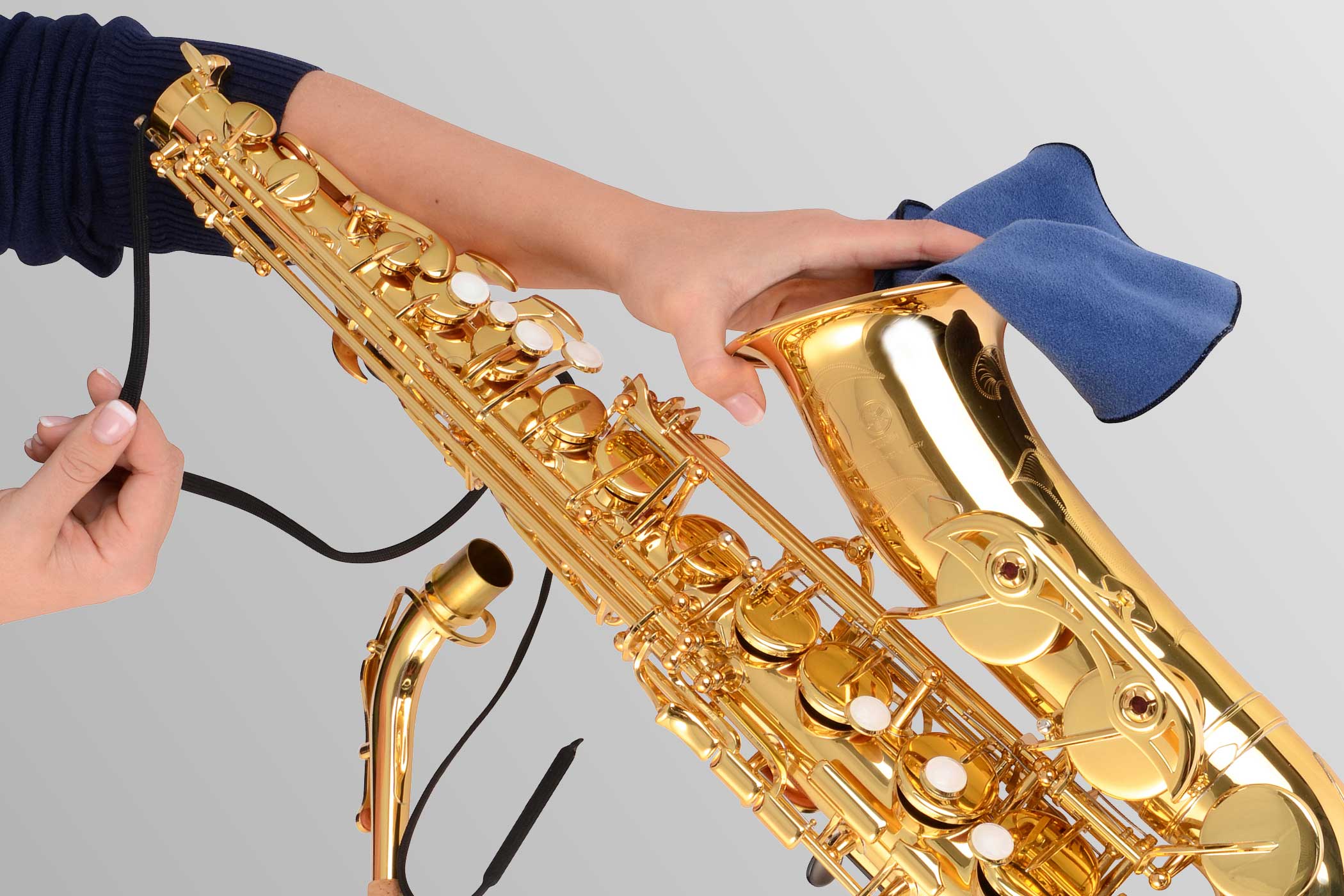Blog
“How to Clean and Store Your Wind Instrument Properly”
Proper cleaning and storage are essential for maintaining the longevity and performance of your wind instrument. Whether you play the flute, clarinet, saxophone, or any other wind instrument, regular care will ensure your instrument stays in top shape, producing clear and beautiful sound. This guide will walk you through the steps for cleaning and storing your wind instrument properly, helping you keep it in optimal condition for years to come. Taking care of your wind instrument through regular cleaning and proper storage will help maintain its performance, extend its lifespan, and ensure that you’re always ready to play at your best. Whether you’re a beginner or a seasoned musician, developing a routine of cleaning and storing your instrument properly is essential for both sound quality and longevity. By following these simple steps, you’ll ensure your wind instrument stays in top condition for years of musical enjoyment.
Why Proper Care Is Important
Wind instruments are exposed to moisture from your breath, oils from your skin, and dust, all of which can affect the instrument’s performance and longevity. Without regular cleaning and proper storage, buildup can lead to clogs, corrosion, and mechanical issues, which can negatively affect sound quality and even cause permanent damage.
Step 1: Clean After Every Use
It’s important to clean your wind instrument after every practice or performance session. Doing so prevents moisture from accumulating inside the instrument and causing damage. Here’s how to clean your instrument:

1.1. Use a Cleaning Swab or Cloth
- For instruments like flutes and clarinets, use a cleaning swab or a soft microfiber cloth to gently remove moisture from the inside of the instrument.
- For brass instruments like trumpets and saxophones, a cleaning cloth can be used to wipe down the exterior and mouthpiece, while a specially designed brush is great for cleaning the inside of the tubing.
- When cleaning the mouthpiece, use a dedicated mouthpiece brush or a soft cloth to ensure you reach every corner.
1.2. Disassemble the Instrument
- After each use, disassemble your instrument into its individual parts, such as the mouthpiece, barrel, body, and any other removable parts.
- Use a soft, lint-free cloth to wipe each part carefully. Pay close attention to places where moisture can collect, such as inside the mouthpiece or the joints of the instrument.
1.3. Clean the Mouthpiece
- The mouthpiece should be cleaned regularly to prevent bacteria buildup and to maintain the instrument’s sound quality. Use warm water (never hot) and mild soap to clean it.
- If your instrument has a removable reed, replace it regularly and clean it after use. Soak the reed in water to avoid it from drying out and cracking.
Step 2: Deep Clean Weekly or Monthly
In addition to the basic cleaning after every use, your wind instrument will benefit from a more thorough, deep cleaning at least once a week or every month, depending on how often you play.
2.1. Brass Instruments (Trumpet, Trombone, etc.)
- Cleaning the Valves: Brass instruments with valves require periodic cleaning to keep the valves operating smoothly. Use valve oil to lubricate the valves after cleaning. For a deeper clean, consider using a valve cleaning brush and soaking the entire instrument in warm water mixed with a mild detergent. Make sure to rinse thoroughly.
- Clean the Slides and Tuning: Brass instruments with slides, such as trombones, should have the slides lubricated regularly with slide oil or cream. To clean the tuning slides, remove them and clean the interior with a soft brush.
2.2. Woodwind Instruments (Clarinet, Saxophone, etc.)

- Use a Cleaning Rod: Woodwind players often use a cleaning rod with a cloth to wipe down the inside of the body. This helps remove moisture from the bore (the inner chamber of the instrument).
- Polish the Keys: Use a soft cloth to gently polish the keys and other metal parts of your woodwind instrument to remove fingerprints and oils.
- Pad Care: Ensure the pads (which seal the tone holes) remain dry, as moisture can lead to mildew. If the pads get wet, use a soft cloth to absorb the moisture and allow them to air dry before reassembling the instrument.
Step 3: Store Your Wind Instrument Properly
Proper storage is just as important as cleaning your instrument. Storing your instrument correctly helps prevent warping, damage, and the accumulation of dust and debris.
3.1. Use a Protective Case
- Always store your wind instrument in its protective case when it is not in use. The case provides a safe environment that shields the instrument from dust, dirt, humidity, and accidental damage.
- For instruments like flutes, saxophones, and clarinets, make sure the case is padded and fitted for the shape of the instrument to prevent it from shifting around inside.
- Consider using a moisture-absorbing product, like silica gel packets or special desiccants, to maintain a stable environment inside the case, especially if you live in a humid climate.
3.2. Store in a Cool, Dry Place
- Wind instruments should be stored in a place where the temperature and humidity levels are stable. Avoid storing your instrument near heat sources, such as radiators or direct sunlight, as these can cause the materials to warp or crack.
- Extreme temperatures and humidity can be damaging to woodwind instruments (especially clarinets and saxophones), so it’s essential to find a climate-controlled room.
3.3. Avoid Storing in the Mouthpiece
- Do not leave the mouthpiece on the instrument when not in use, as this can cause strain on the joints, affecting the instrument’s performance. Instead, store it separately, ideally in a soft case or bag.
Step 4: Regular Checkups and Maintenance
Along with regular cleaning and storage, it’s a good idea to take your wind instrument to a professional for regular checkups and maintenance. A technician can check for mechanical issues, make necessary adjustments, and clean areas that you might not be able to reach yourself.
Conclusion
Taking care of your wind instrument through regular cleaning and proper storage will help maintain its performance, extend its lifespan, and ensure that you’re always ready to play at your best. Whether you’re a beginner or a seasoned musician, developing a routine of cleaning and storing your instrument properly is essential for both sound quality and longevity. By following these simple steps, you’ll ensure your wind instrument stays in top condition for years of musical enjoyment.


